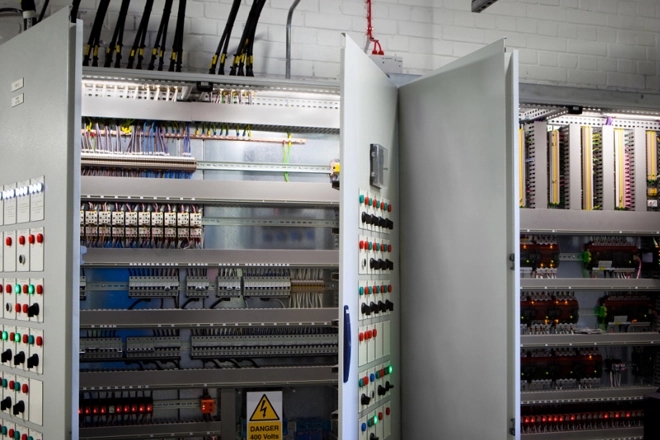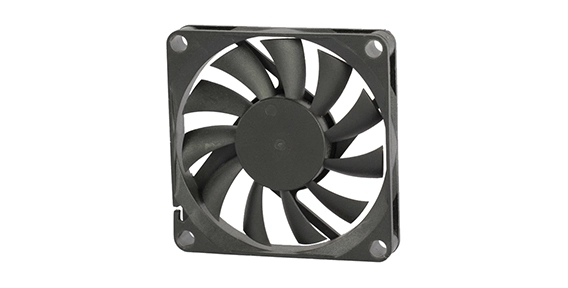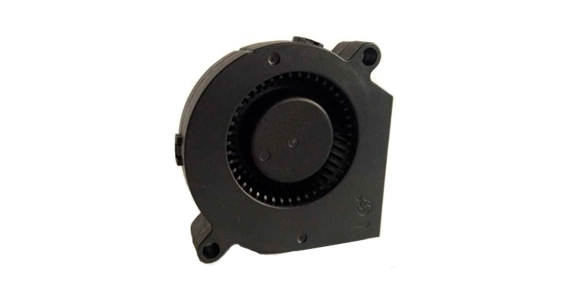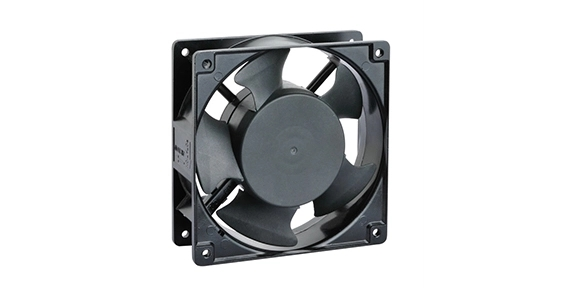Cabinet cooling fans are essential for maintaining optimal temperature levels inside electronic devices. These fans help to prevent overheating, which can cause damage to sensitive components and reduce the lifespan of the equipment. In this guide, we will explore the benefits of cabinet cooling fans, the different types available, and the factors to consider when choosing the right fan for your needs.
Benefits of Cabinet Cooling Fans for Electronic Devices
Prevents Overheating: One of the primary benefits of cabinet cooling fans is their ability to prevent overheating. Electronic devices generate heat during operation, and if not properly managed, this heat can lead to system failure. Cabinet cooling fans help to dissipate the heat and maintain a stable temperature within the enclosure, ensuring the longevity of the equipment.
Increased Reliability: By keeping electronic devices cool, cabinet cooling fans improve their overall reliability. Lower temperatures reduce the risk of component failure, ensuring a longer lifespan for the equipment. This is particularly important in industries where downtime can have significant financial implications, such as data centers or manufacturing facilities.
Improved Performance: Overheating can also negatively impact the performance of electronic devices. Excessive heat can cause components to slow down or malfunction, leading to a decrease in overall system performance. Cabinet cooling fans effectively regulate the temperature inside the enclosure, allowing devices to operate at their optimal levels.

Types of Cabinet Cooling Fans and Their Features
Axial Fans: Axial fans are the most common type of cabinet cooling fan. These fans consist of blades that rotate around an axis, pushing air parallel to the axis of rotation. Axial fans are typically used for low to medium airflow requirements. They are compact, energy-efficient, and produce minimal noise. The Xie Heng Da cabinet cooling fan is a notable example of an axial fan that delivers excellent performance.
Centrifugal Fans: Centrifugal fan, with its axial fan application, is designed for high-pressure applications. They create airflow by pushing air out in a radial direction from the fan's blades. Centrifugal fans are ideal for situations where the airflow needs to overcome resistance, such as when cooling dense or tightly packed electronic components.

Factors to Consider When Choosing a Cabinet Cooling Fan
Airflow Requirements: The airflow requirements of your electronic devices will determine the type and size of fan you'll need. Consider factors such as the heat dissipation power of the equipment and the size of the enclosure when selecting a cabinet cooling fan.
Noise Level: Noise can be a concern, especially if the electronic devices are located in a noise-sensitive environment. Choose a cabinet cooling fan that operates quietly without compromising performance.
Energy Efficiency: Energy-efficient fans can help reduce electricity consumption and lower operating costs. Look for fans with high air displacement per watt (CFM/W) ratings to maximize energy efficiency.
Installation and Maintenance: Consider the ease of installation and maintenance when selecting a cabinet cooling fan. Look for fans that are designed for easy installation and have accessible filters for cleaning or replacement.
In conclusion, cabinet cooling fans play a crucial role in maintaining optimal temperature levels inside electronic devices. They prevent overheating, increase reliability, and improve performance. When choosing a cabinet cooling fan, consider factors such as airflow requirements, noise level, energy efficiency, and ease of installation and maintenance. The Xie Heng Da cabinet cooling fan, with its axial fan application, is an excellent choice for efficient cooling of electronic enclosures.

 EN
EN 

 +
+
 +
+
 +
+



